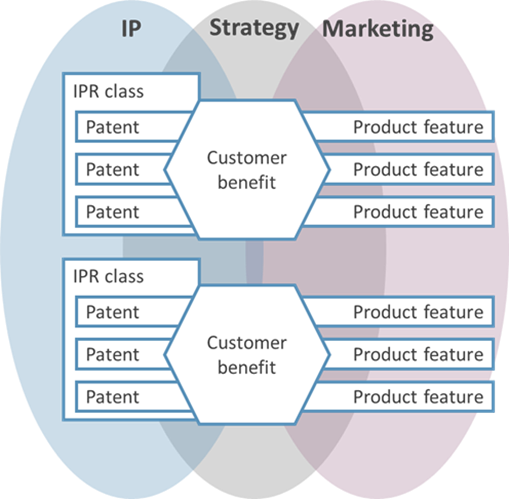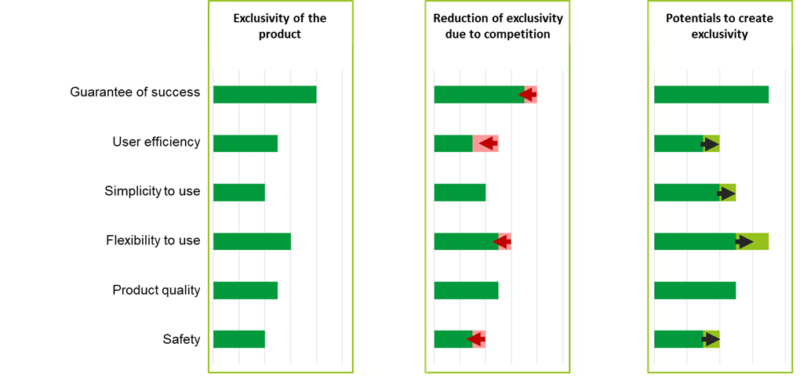WIPO-CNIPA Advanced Training Course on Management and Commercialization of Intellectual Property Assets 17.-28.10.2022
Commercialization of IP assets is not only relevant for technology and manufacturing companies, but increasingly also for digital companies, because their products and services are relying on digital, easy to copy goods and business models. Therefore, the World Intellectual Property Organization (WIPO) organizes again this fall together with the National Chinese intellectual property administration (CNIPA) a training course on “Management and Commercialization of Intellectual Property Assets” to address the topic. In October 2022 the next event of the series is organized online by WIPO and CNIPA in cooperation with the Center for International Intellectual Property Studies (CEIPI) and the China Intellectual Property Training Center (CIPTC) between 17.-28.10.2022. It will be opened on Monday 17th October by LIU Jian, Deputy Director General of the International Cooperation Department of CNIPA, Natasha Mangal, Associate Professor at the CEIPI, and Tshimanga Kongolo, Head of the Professional Development Program of WIPO Academy.
The training course is organized with expert lectures in the first week and interactive discussion groups with the students in the second week. Topics comprise: IP audits, IP management strategies, commercialization, IP marketing, and IP financing.
For example in the area of IP controlling an overview is given of the general benefits of controlling and its limitations. This comprises cost controlling, controlling of the business model orientation and controlling of the market impact. An example for the controlling of the market impact is given in the case study Vorwerk Thermomix.
 For the kitchen machine Thermomix a critical customer feature providing exclusivity in the market is “guided cooking”. Guided cooking means that the user only has to follow the instructions and provide the ingredients shown by the device. Guided cooking as part of the success guarantee can be experienced in different customer benefit categories. This includes, for example, the automatic processing of entire recipes or the processing of recipes based on the ingredients and device settings used. These features were assigned to IP right families from the Thermomix IP portfolio.
For the kitchen machine Thermomix a critical customer feature providing exclusivity in the market is “guided cooking”. Guided cooking means that the user only has to follow the instructions and provide the ingredients shown by the device. Guided cooking as part of the success guarantee can be experienced in different customer benefit categories. This includes, for example, the automatic processing of entire recipes or the processing of recipes based on the ingredients and device settings used. These features were assigned to IP right families from the Thermomix IP portfolio.
The controlling of the market impact was done by exclusivity monitoring in the period from 2011 to 2016, also comprising the model change with the launch of the TM5 in 2014. The degree of exclusivity achieved in the marketplace varies for each customer benefit in relation to a reference parameter from the IP strategy (e.g. flexibility, simplicity, etc.). As a result of a significantly improved IP portfolio which is systematically aligned with the customer benefit, the TM5 has achieved significant gains in perceived exclusivity compared to its predecessor TM31. Below you can see the exclusitvity positions of the device in the market and changes due to competitor activity and own activity.




